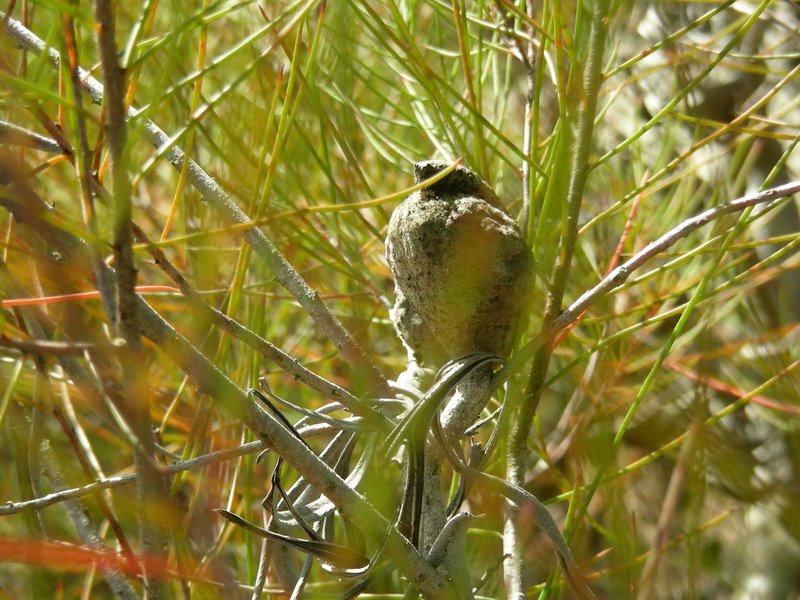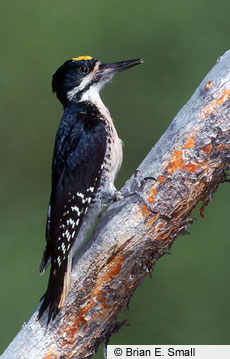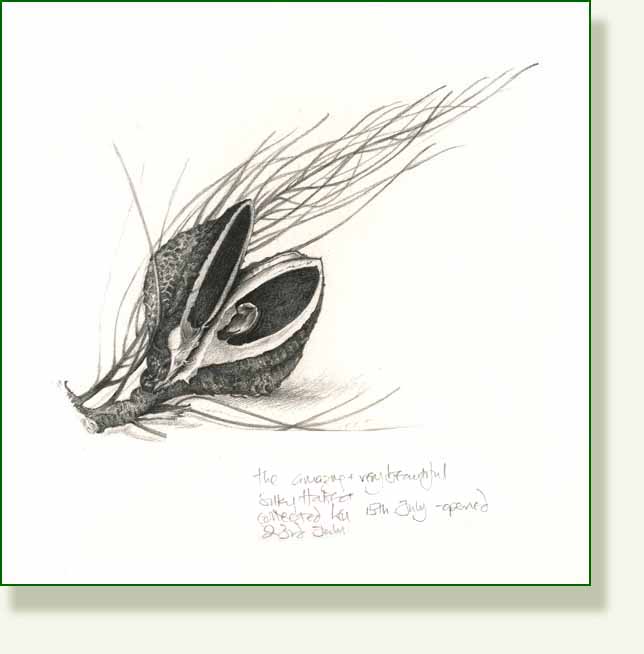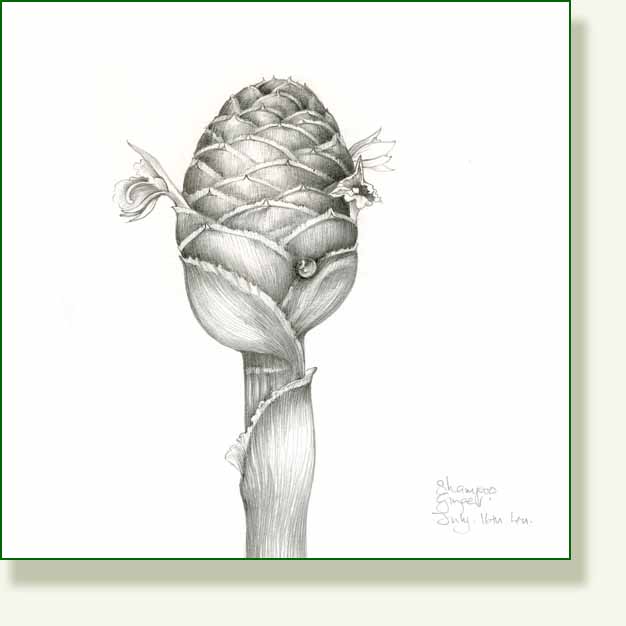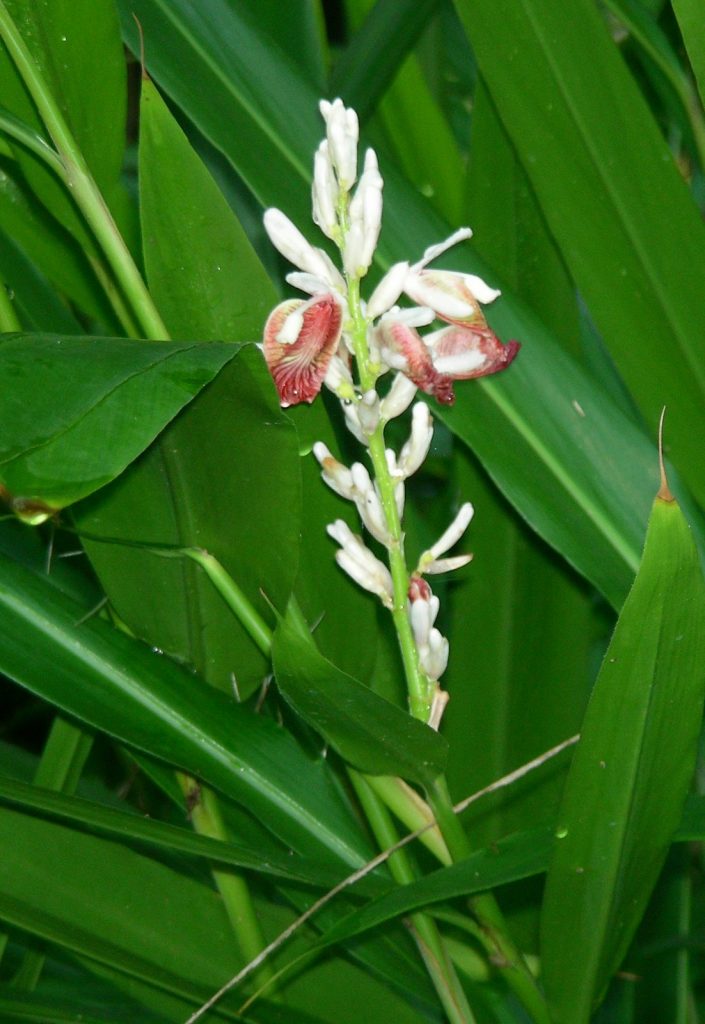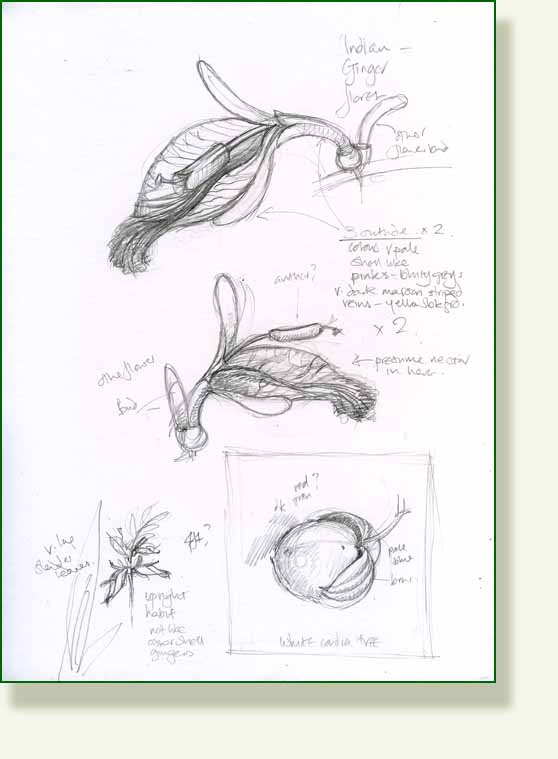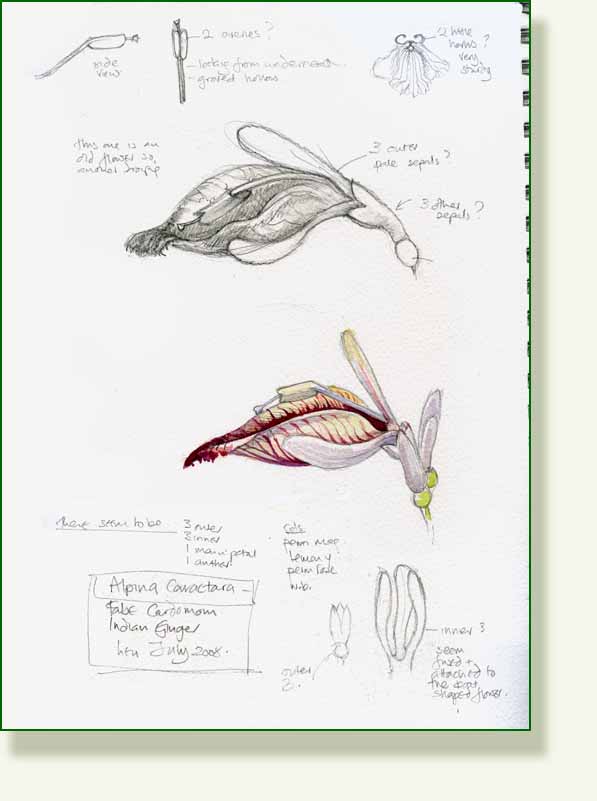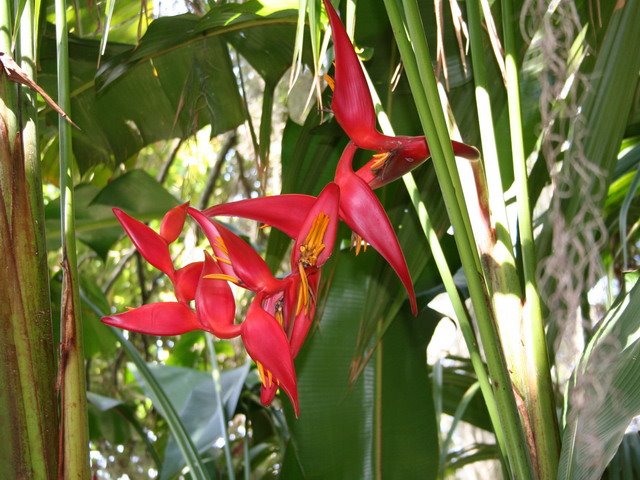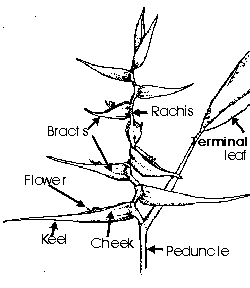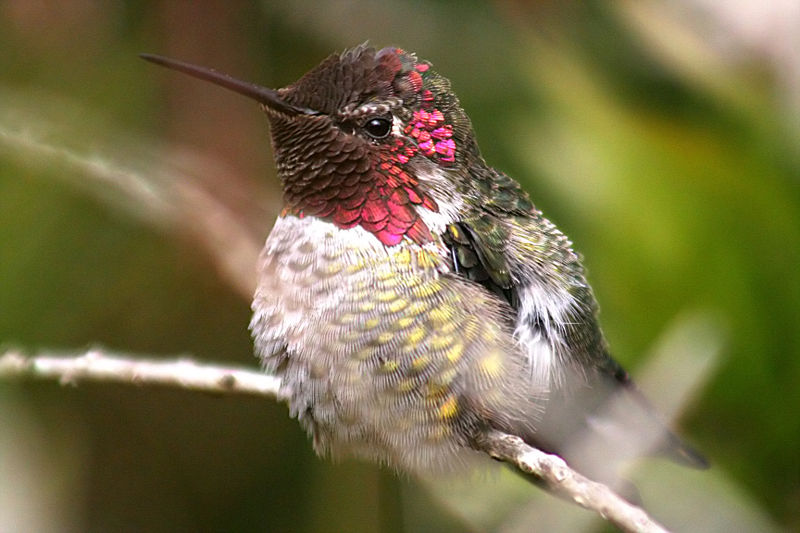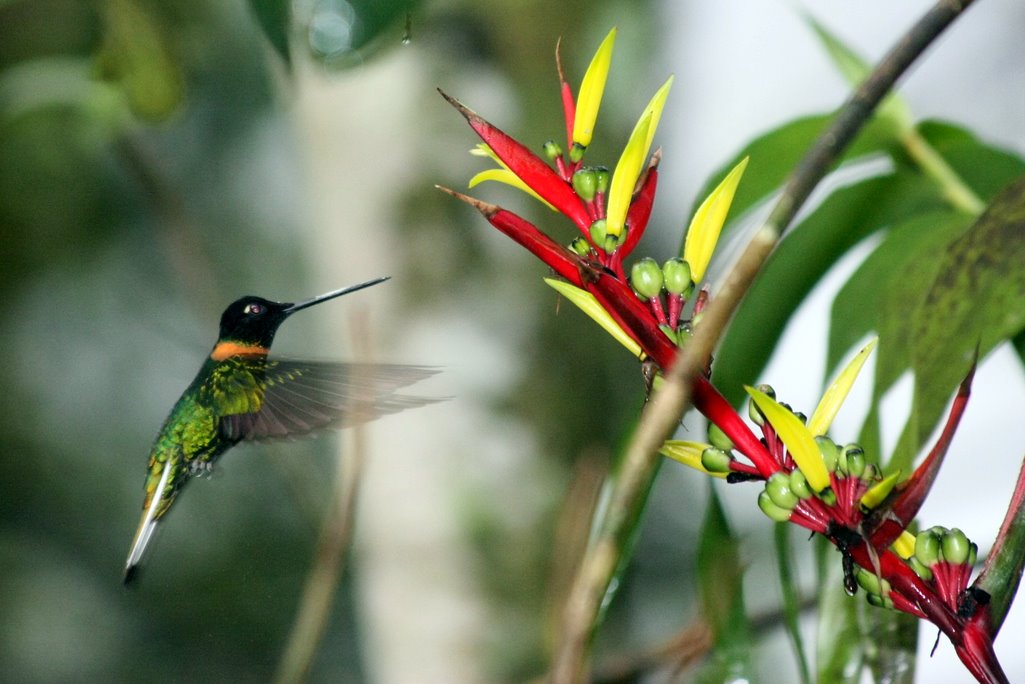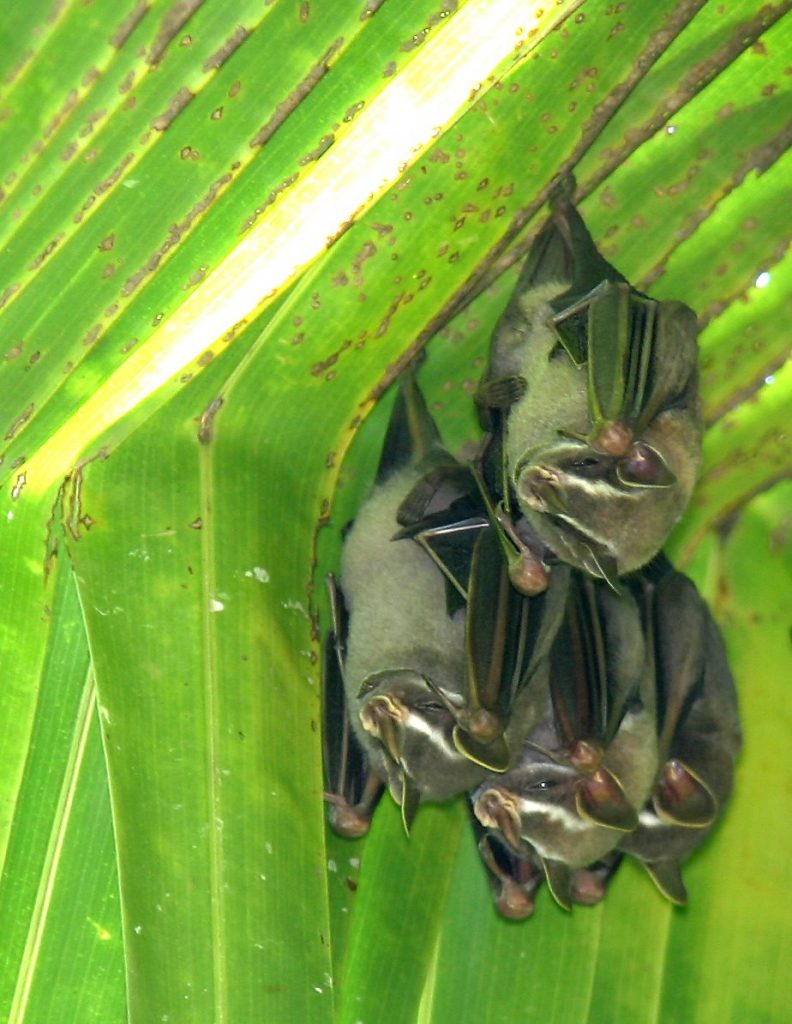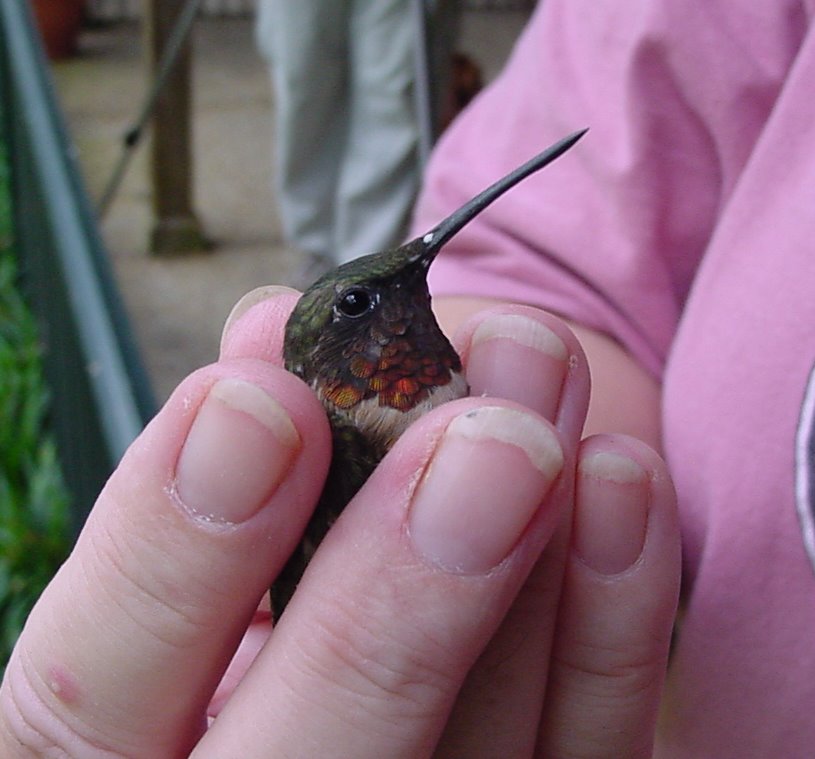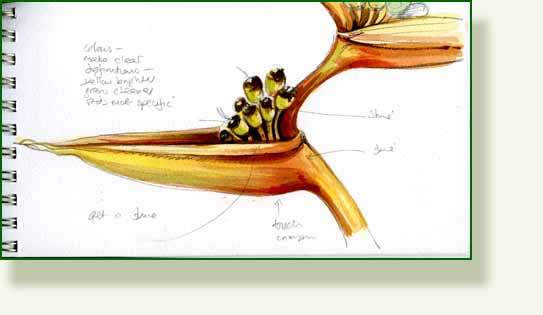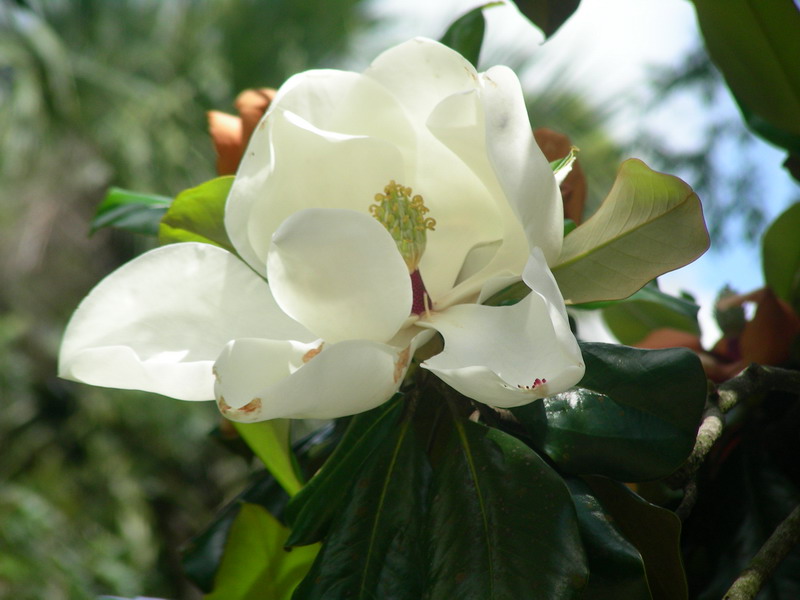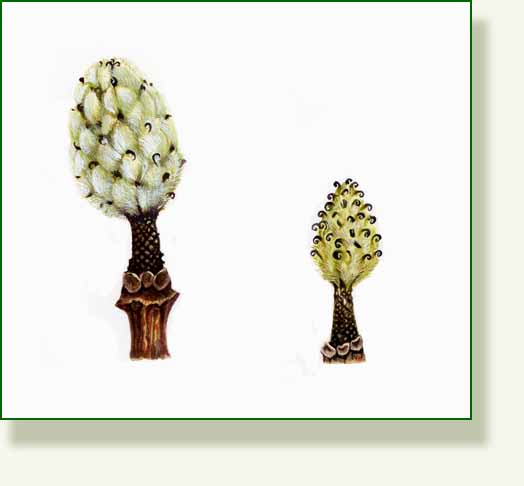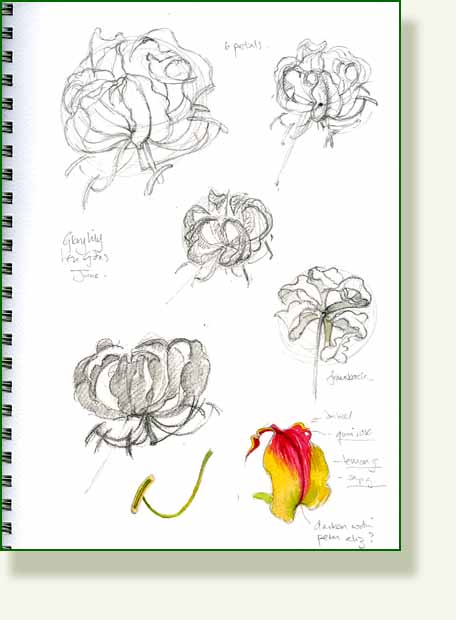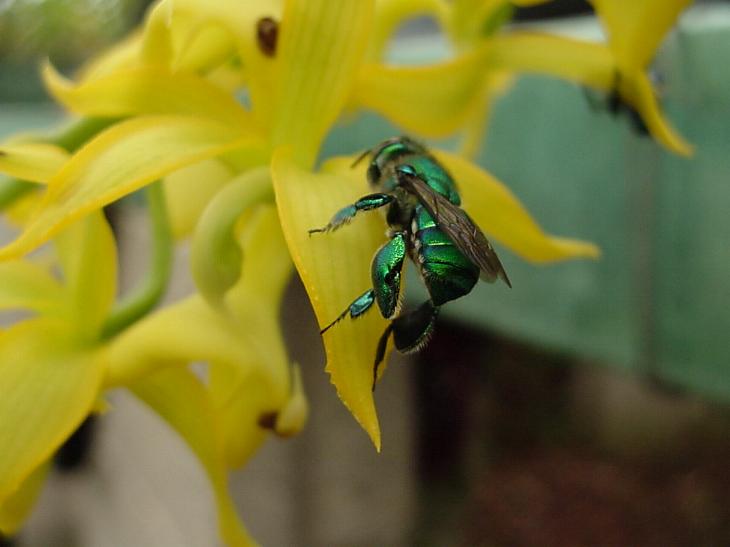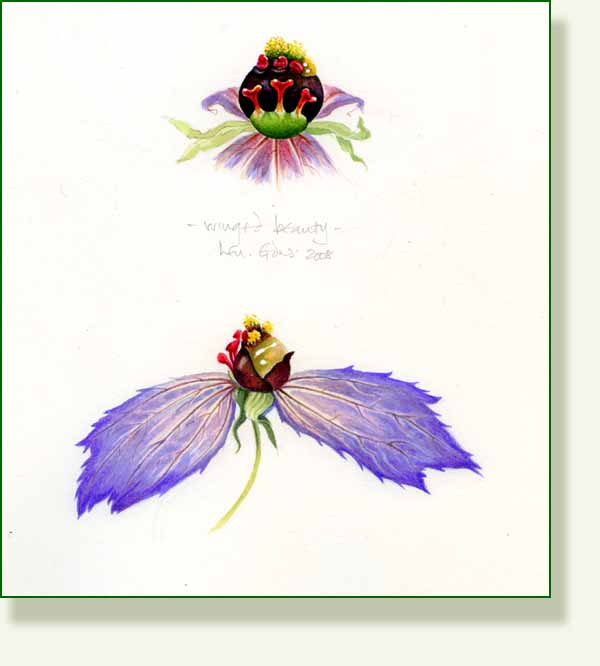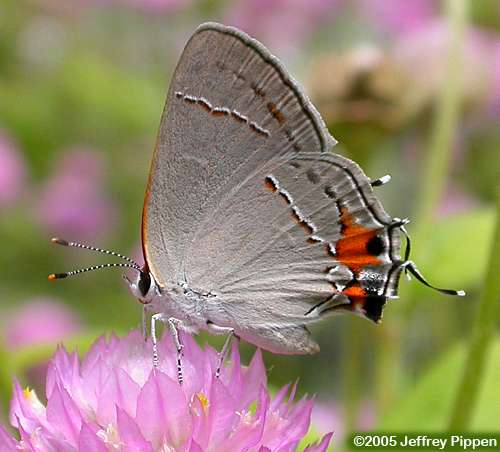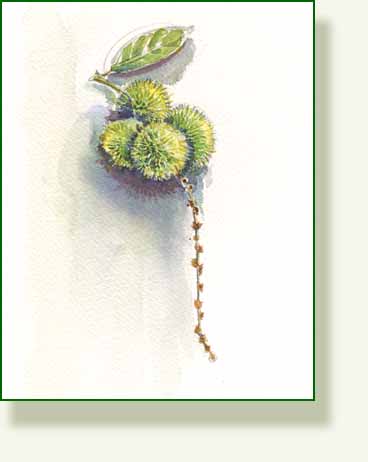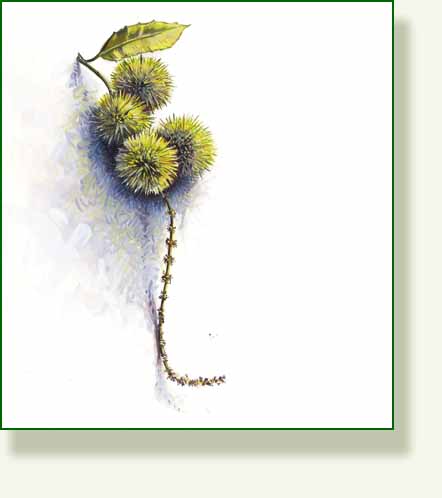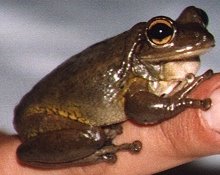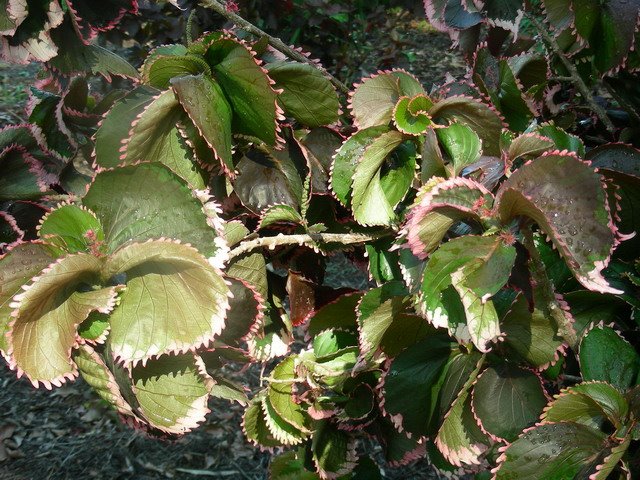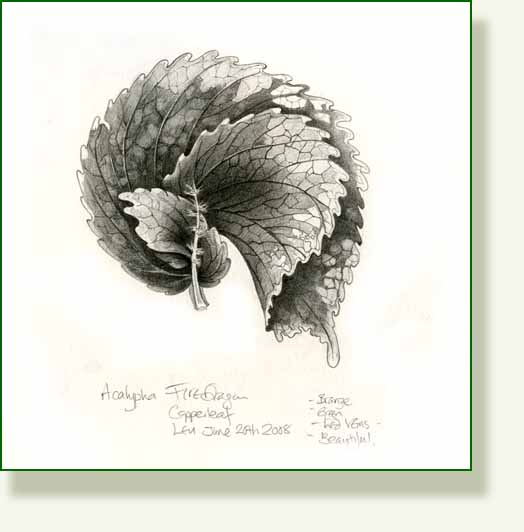In my work room I have a long table that houses my paints and my ever growing collection of twigs, pods, bits of branches, bark, seeds and the like. They generally sit there until I get round to drawing them and I tend to assume there won’t be much activity in that direction apart from the odd displaced ant wandering around. However, while I was away a few things were not so dormant as I had thought. Three seed pods have changed. The beautiful big green cone I had found has turned brown and is springing open from the bottom up and the little ginger seed head which I drew last week has split open to reveal pale green seeds and is now possibly even more lovely. But the biggest surprise is the woody pod of the Silky Hakea, Hakea sericea which has split in two, to reveal what is probably the most beautiful seed pod I have seen to date.
They are, of course, just doing what comes naturally, drying out and getting ready to shed their seeds.
I had seen these woody pods some time ago and thought they were some sort of gall, this one above looking like some strange perching bird. Last week I gathered one from the tree at Leu and taken a photo of the name tag. The Hakea is not a plant I am familiar with at all and, not having had time to look it up before we went away, I was totally unprepared for such an unprepossessing thing to open up and reveal something so beautiful. It has split along a sort of beaked ridge which runs down one side of this inch and a half long pod revealing two black winged seeds set into the sheer surfaces of two solid halves. When I say ‘set in’, it looks just as though the finest craftsman has set silky ebony shapes into a setting of two-tone creamy ivory. It is quite exquisite. The surface of each half is as smooth as smooth, a sharp contrast with the pods outer surface which is so rough and pitted. The pods are heavy and knobbly and, it would appear, impenetrable, but having read a bit about them now I realised why. This is one of those extraordinary plants that needs fire.
The whole subject of the ecology of the burnt landscape is fascinating. What we view with dismay as complete and utter devastation, will immediately be readjusting even before the last drifts of smoke have blown away and although it may seem an impossibility, some species of plants and animals are dependent on fire and do not thrive without it. Australian species of plants are particularly well adapted to fires, cypress cones and banksia seed pods open up with fire and so do the Hakea pods. Mallee eucalyptus trees have large underground roots known as lignotubers which enable them to regenerate after fires and many are able to grow new leaves and branches from burnt trunks.
There was not, mercifully, a fire in my work room but the Hakea also responds to ” damage” by going onto emergency regeneration mode and opening up its seed pods.
Fires then can be very useful, releasing seeds, removing competing plants, open up areas to more light, enriching the soil with ash and creating ideal growing conditions for some plants.
There is also a curious wood boring beetle, the black fire beetle, Melanophila acuminata that actually flies to the fires. Like some little heat seeking missile, they are able to detect fires from many miles away either by smell or by infrared heat sensitive areas located under their wings.
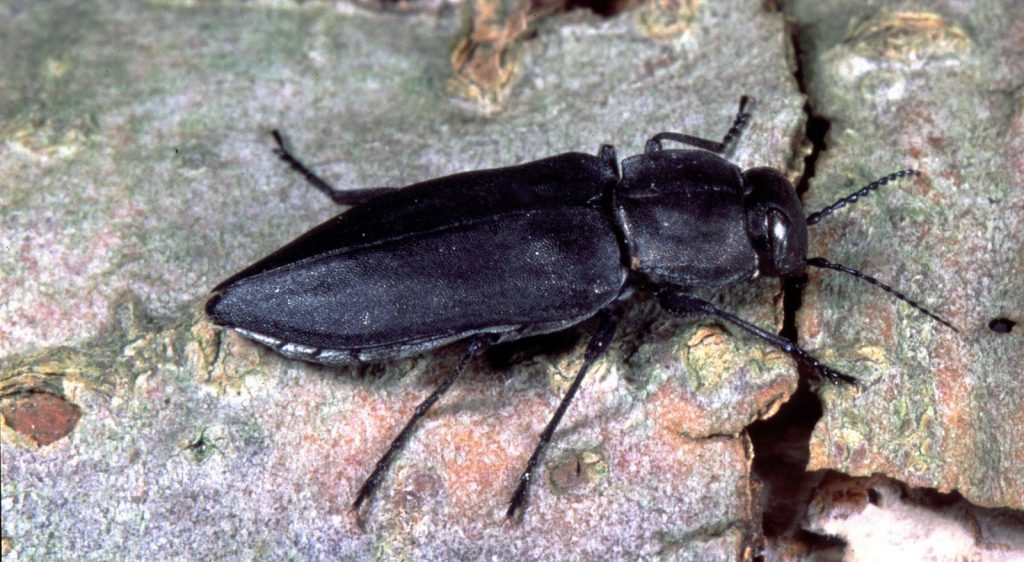
Great photo from German site here
Alerted and hot to trot they zoom off to the charcoal forest to meet and mate. Researcher Nathan Schiff who has been studying these pyrophillic insects describes the smoking remains of the fire as a heady “nightclub for bugs”.
They then lay their eggs under the bark of the burnt trees followed in hot pursuit by the little black backed woodpecker, another fire following creature, who will eat the beetles and grubs, camouflaged beautifully by its “charred” feathers.
Photo, bird call and head banging from the Cornell bird site here
My drawing has not really done this beautiful thing justice, and I will maybe try a colour version. You need to hold it in your hand to really appreciate the different surfaces textures and the subtle colours, in my eyes no jewellery designer could make anything more beautiful, give me a super Silky Hakea Pod over those gaudy Faberge eggs anyday.
_____________________________________________

